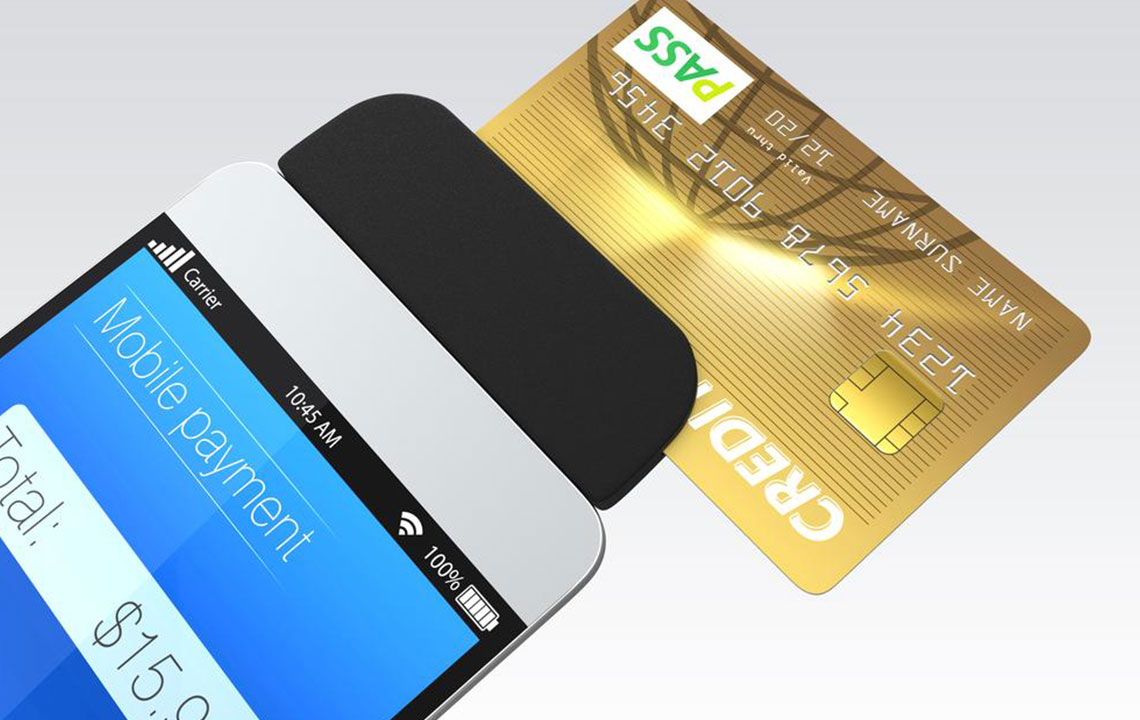Comprehensive Guide to the Four Essential Stages of Digital Check Payment Processing
Learn about the four essential stages of digital check payment processing, including authorization, configuration, submission, and fund transfer. This guide explains how electronic checks streamline transactions, reduce manual effort, and improve efficiency for businesses and consumers. Gain insights into each step to optimize your digital payment workflow and ensure secure, timely settlements in today's digital economy.

Understanding the Four Crucial Phases of Digital Check Payment Workflow
In today’s digital economy, electronic check payments, commonly known as eChecks, have become an increasingly popular alternative to traditional paper checks. They offer a seamless, efficient, and secure method for conducting financial transactions online. This comprehensive guide aims to explore the four key stages involved in processing digital check payments, helping businesses and consumers understand how this modern payment method works and why it’s gaining widespread adoption.
Electronic checks replicate the traditional paper check process but leverage advanced technology to streamline operations. This results in faster transaction times, reduced manual effort, and improved accuracy. If you're considering integrating eChecks into your payment system or want to understand the process better, read on to learn about each stage in detail.
Digital check payments are composed of four fundamental stages, each critical for ensuring smooth and secure transactions:
1. Authorization Request
During this initial phase, the customer grants permission for the payment to be processed. This authorization can be obtained via various methods, including online forms, digitally signed documents, or even phone confirmations. The primary goal is to verify that the customer intends to make the payment and authorizes the transfer of funds.
2. Payment Configuration
Once authorization is obtained, the business enters the payment details into their payment processing system. This step includes recording essential information such as the payment amount, date, and schedule, especially for recurring payments. Accurate configuration at this stage is crucial for ensuring that the transaction is processed correctly and on time.
3. Submission and Finalization
After ensuring all data is correctly entered, the payment is submitted through the online platform. This can involve clicking a 'submit' button or saving the information, which triggers the processing of the check electronically. This stage signifies the official initiation of the transaction.
4. Confirmation and Funds Transfer
Following submission, the electronic check system automatically debits the specified amount from the customer's bank account. A confirmation receipt is typically sent to the customer, providing proof of the transaction. Meanwhile, the funds are transferred into the merchant’s bank account. The entire settlement process generally takes between three to five business days due to banking procedures.
Once the funds are successfully transferred and the transaction is complete, the electronic check payment process ends. This method offers numerous advantages, including speed, convenience, and operational efficiency, making it a preferred choice for both consumers and businesses looking to simplify their financial dealings.
Understanding these four stages enables businesses to optimize their payment workflows, enhance customer trust, and ensure timely settlements. As digital payment solutions continue to evolve, mastering the electronic check process becomes essential for staying competitive in an increasingly cashless world.





